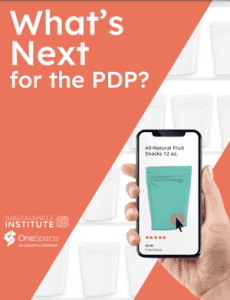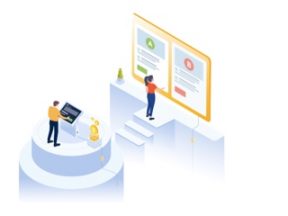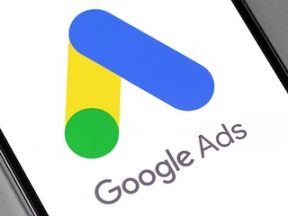It’s time to transform the most important pages on an ecommerce website.
The combination of competition, the pandemic, and changes in shopping culture has upended product detail pages. Online sellers would be wise to improve product-page content — using personalization, A/B testing, heatmaps, and other user experience tools.
Full-funnel Product Pages
Here is the context. In 2021, the product-page transformation was underway. Those pages had evolved from being action-focused to a full-funnel experience, grabbing the shopper’s attention, piquing interest, and fueling conversions.
The trend was evident on marketplaces such as Amazon and the templates of ecommerce platforms.
And the trend continues. But with one change. Retailers — omnichannel or pure ecommerce — and direct-to-consumer brands find that there is no one-size-fits-all for product-page content. Food items need nutritional info and perhaps recipes, while consumer electronics might require a product video or a 360-degree image.
The Digital Shelf Institute noted this diversity in a recent report on product detail pages, “What’s Next for the PDP?” The institute suggested that online sellers take a good, better, best approach to product pages, ensuring first that pages are functional and then adding content to improve them.
Finding that content likely involves optimization and marketing tools. Here are some areas to explore.
Segmentation, Personalization
Your store’s product pages can differ depending on the shopper. Segmenting visitors facilitates personalized (or at least relevant) content for engaging experiences.
Moreover, segmentation and personalization are proven techniques. Many vendors offer tools, across all price points.
The first step is knowing something about a visitor. A logged-in customer is easy to identify. Other visitors leave hints. For example, a shopper who arrives from a Facebook ad aimed at women in Oregon provides her locale and, depending on the ad, her interests.
You also know the person’s on-site behavior. A shopper who just read a recipe on your store’s blog is likely receptive to seeing a product page of an ingredient in that recipe.
Let’s get a little more technical.
Demographics. Tailor your product-page content to demographics such as age, gender, location, or income. A shopper located near a warehouse could receive goods the same day. Highlight that fact.
Behavioral. Visitor behavior — browsing history, purchase patterns, product preferences — informs product-page content and recommendations, upsells, and cross-sells.
Customer lifecycle. Consider shoppers’ relationship with your brand, from new visitors to loyal customers. Modify product-page content accordingly with targeted messaging for first-time purchases, repeat sales, or referrals.
Technology. The shopper’s device can dictate the content. Say you’re selling an app-enabled barbeque grill. A visitor to a product page from an Android phone would likely respond to images of that device and from that app.
Interests. Customize your product-page content to your shoppers’ interests, lifestyles, and values. For example, highlight eco-friendly materials or ethical production methods to shoppers who clicked to the page from an ad in an environmental newsletter.
A/B Testing
A/B testing is an underutilized way to optimize product-page content. Compare the performance of product-page elements — images, words, colors, layout — to identify the top converters.
Consider combining A/B tests with personalization and segmentation. For example, what product-page content works best for environmentally-conscience shoppers or visitors from a Facebook ad?
Heatmaps
Heatmaps offer valuable insights into how visitors interact with product pages. By understanding that behavior, you can make informed decisions. That might include removing an embedded video if visitors never watch it. Or increase its prominence if viewed by most buyers.
Here again, the aim is a full-funnel product page that converts shoppers — new or returning.





